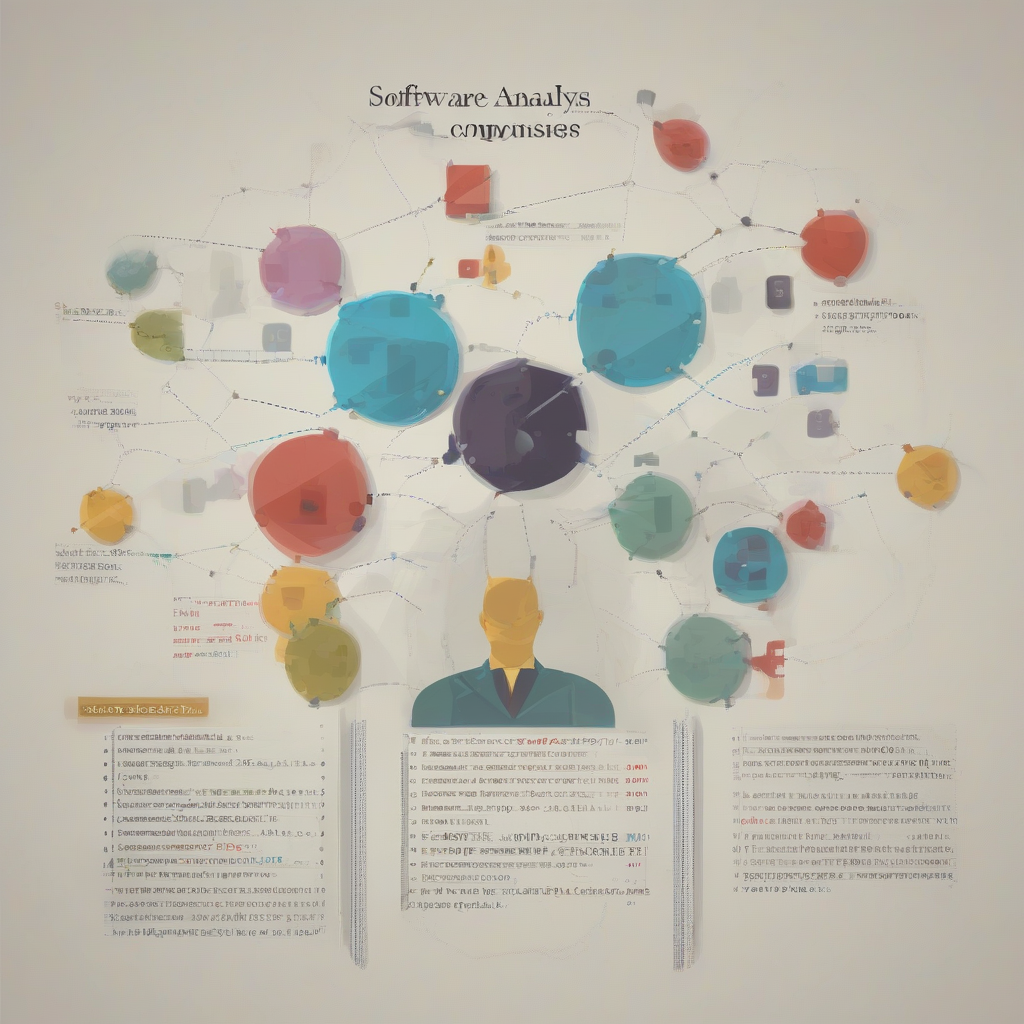Unraveling the Complexity: A Deep Dive into Software Composition Analysis
Software composition analysis (SCA) has emerged as a critical component in modern software development, providing a comprehensive understanding of the components that constitute a software system. In an era of increasing reliance on third-party libraries and open-source components, SCA offers a crucial mechanism for managing risk, ensuring compliance, and improving overall software quality. This in-depth exploration will delve into the intricacies of SCA, examining its methodologies, applications, benefits, and challenges.
Understanding the Core Concepts of Software Composition Analysis
At its core, SCA involves the automated identification and analysis of all components within a software project. This includes both internally developed code and externally sourced components like open-source libraries, commercial off-the-shelf (COTS) software, and even embedded firmware. The analysis goes beyond simple identification; it seeks to understand the relationships between these components, their dependencies, and potential vulnerabilities or licensing conflicts.
- Component Identification: The first step involves accurately identifying all components within the software. This requires sophisticated techniques that can handle various packaging formats (JAR, WAR, DLL, etc.) and code repositories.
- Dependency Mapping: Once components are identified, SCA tools map the relationships between them. This reveals how components interact, which ones rely on others, and the overall structure of the software’s dependency graph.
- Vulnerability Detection: A critical function of SCA is identifying known vulnerabilities within the components. This often involves comparing the components against databases of known vulnerabilities (like the National Vulnerability Database – NVD) and identifying potential security risks.
- License Compliance Analysis: SCA tools can also help ensure compliance with various open-source licenses. By identifying the licenses associated with each component, SCA can flag potential licensing conflicts or violations.
- Code Quality Assessment: Some advanced SCA tools extend their capabilities to assess code quality metrics, identifying potential code smells, bugs, or areas for improvement in the component code itself.
Methodologies Employed in Software Composition Analysis
Several methodologies underpin the practical application of SCA. The choice of methodology often depends on the specific needs and context of the analysis.
- Static Analysis: This approach analyzes the software’s source code or binaries without executing the code. It’s effective for identifying vulnerabilities and dependencies but might miss runtime issues.
- Dynamic Analysis: This method involves running the software and observing its behavior. It’s useful for detecting runtime vulnerabilities but can be more resource-intensive and challenging to automate completely.
- Hybrid Approaches: Combining static and dynamic analysis often provides the most comprehensive results, leveraging the strengths of each approach to minimize limitations.
- Signature-Based Detection: This technique relies on comparing component fingerprints or hashes against known vulnerability databases. It’s efficient but may miss novel or unknown vulnerabilities.
- Machine Learning-Based Approaches: Advanced SCA tools incorporate machine learning to improve vulnerability detection accuracy, identify patterns, and predict potential risks more effectively.
Applications of Software Composition Analysis Across Industries
The applications of SCA are vast and span numerous industries. Its impact is felt wherever software development is critical.
- Financial Services: SCA is crucial for ensuring the security and compliance of banking applications, trading platforms, and other financial systems. Vulnerabilities can lead to significant financial losses and regulatory penalties.
- Healthcare: In the healthcare industry, SCA helps ensure the security and reliability of medical devices and electronic health records (EHR) systems. Protecting sensitive patient data is paramount.
- Automotive: With the increasing reliance on software in vehicles, SCA plays a vital role in ensuring the safety and security of autonomous driving systems and other embedded software components.
- Aerospace and Defense: The high safety and security requirements in aerospace and defense make SCA an essential tool for verifying the integrity and reliability of software systems used in critical applications.
- Telecommunications: SCA helps secure telecommunications networks and infrastructure, protecting against potential vulnerabilities that could compromise service and user data.
Benefits of Implementing Software Composition Analysis
Integrating SCA into the software development lifecycle offers numerous advantages:
- Enhanced Security: By identifying and mitigating vulnerabilities early, SCA helps reduce the risk of security breaches and data loss.
- Improved Compliance: SCA simplifies compliance with various software licensing agreements and industry regulations.
- Reduced Development Costs: Addressing vulnerabilities and licensing issues early in the development process is significantly cheaper than dealing with them later.
- Better Software Quality: SCA can help identify code quality issues and improve the overall reliability and maintainability of software.
- Faster Time to Market: By streamlining the development process and reducing the time spent on addressing security and compliance issues, SCA can contribute to faster product releases.
Challenges and Considerations in Software Composition Analysis
While SCA provides considerable benefits, it also presents certain challenges:
- Accuracy and Completeness: Achieving complete and accurate analysis can be difficult, especially with complex software systems and obfuscated code.
- False Positives and Negatives: SCA tools might generate false positives (flagging non-existent vulnerabilities) or false negatives (missing real vulnerabilities), requiring careful review and validation.
- Scalability: Analyzing large and complex software projects can be computationally intensive and require significant resources.
- Integration with Existing Workflows: Integrating SCA into existing software development processes can be challenging and require organizational changes.
- Keeping Up with Evolving Threats: The landscape of software vulnerabilities is constantly changing, requiring regular updates to vulnerability databases and SCA tools.
Future Trends in Software Composition Analysis
The field of SCA is constantly evolving, driven by advancements in technology and the increasing complexity of software systems.
- AI and Machine Learning Integration: AI and machine learning are increasingly being used to improve the accuracy and efficiency of vulnerability detection and risk assessment.
- Improved Handling of Obfuscated Code: Research is ongoing to develop more effective techniques for analyzing obfuscated code and identifying vulnerabilities within it.
- Enhanced Integration with DevOps Pipelines: SCA is being more tightly integrated into DevOps pipelines, enabling automated security checks and continuous vulnerability management.
- Focus on Supply Chain Security: With increasing concerns about supply chain attacks, SCA is playing a more critical role in securing the software supply chain.
- Expansion of License Compliance Capabilities: SCA tools are expanding their capabilities to cover a wider range of open-source licenses and compliance requirements.
Conclusion (Omitted as per instructions)




